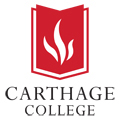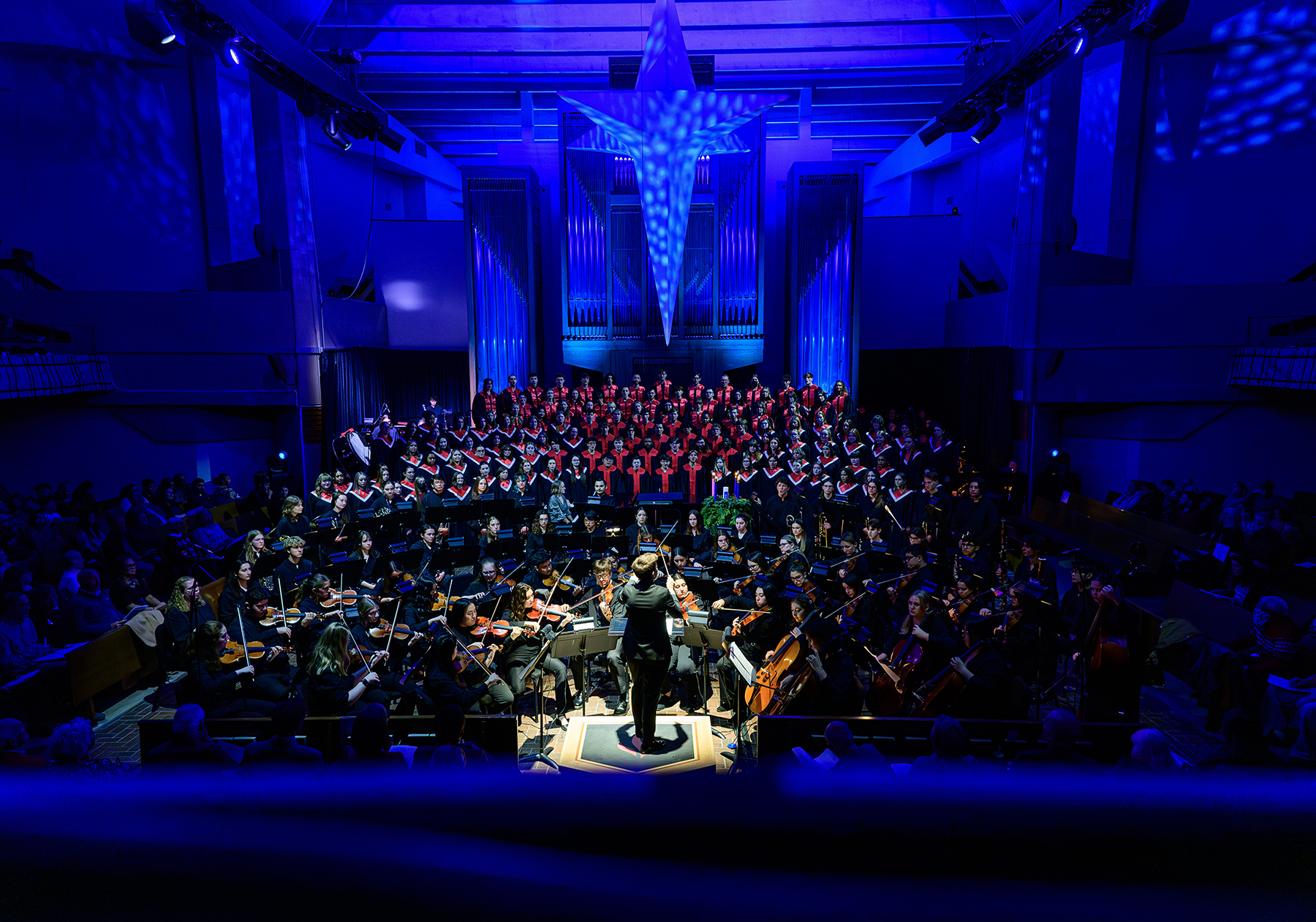Carthage College Professor Awarded $500,000 Grant to Further NASA’s efforts to Return to the Moon
Prof. Crosby and students from Carthage’s Microgravity Team will use the money to continue the development of what NASA has identified as “critical technology.”
KENOSHA, Wis. – Dr. Kevin Crosby, professor of physics and astronomy at Carthage College, has been awarded a $500,000 grant from NASA that allows space science students from Carthage to be part of NASA’s international effort to return to the Moon by 2024.
Prof. Crosby and students from Carthage’s Microgravity Team will use the money to continue the development of what NASA has identified as “critical technology.” — a way to measure and report exact levels of liquids including propellant, drinking water, and oxygen aboard spacecraft. A potential solution — Modal Propellant Gauging (MPG) — has been in development at Carthage since 2011. MPG uses acoustic vibrations to measure the amount of fuel left in a spacecraft tank.
“Very few colleges are working on this kind of cutting-edge technology, and it’s exciting for us to be in on the ground floor,” says Prof. Crosby. “This ongoing support from NASA really speaks to the strength of our program here at Carthage as well as the quality of work our students have produced for the last 10 years.”
The MPG technology will be part of Artemis, NASA’s lunar exploration program, and the successor to the Apollo program. The Artemis missions represent the first effort to return humans to the Moon since the end of the Apollo program in 1975.
According to Prof. Crosby, a one percent improvement in the measuring of fuel weight will allow for hundreds of additional pounds — in the form of vehicle designs, additional crew, and materials — on board. That change in efficiency will also reduce the cost of each mission by millions of dollars. Prof. Crosby believes his team’s MPG technology will result in improvements closer to five percent.
Cassi Bossong ‘21 says the opportunities she’s had as a member of Carthage’s Microgravity Team are beyond what she ever imagined.
“Carthage is one of the only schools in the United States that has a partnership with NASA and the fact I’m doing this research is an amazing feeling,” says Bossong. “These projects are essentially graduate-level research in an undergraduate setting, so I am incredibly lucky to be a part of it. It is truly an experience of a lifetime.”
Carthage’s long partnership with NASA began in 2008 when Carthage was one of ten colleges and universities selected for NASA’s Systems Engineering and Educational Discovery program. Carthage went on to become one of just two colleges in the country to participate in the SEED Program for all six years of the program’s existence. While many student teams designed one-off experiments, several of Carthage’s experiments have been adopted by NASA researchers for continued development.
ABOUT CARTHAGE
Small by design yet boundless in impact, Carthage College is committed to take a different road. At Carthage, a private institution that enrolls about 2,800 students, we embrace an educational approach that’s personal in focus and driven in action, exemplified in our multifaceted career development initiative: The Aspire Program™. From our campus alongside Lake Michigan in the thriving Chicago-Milwaukee corridor, we actively direct our collective talents toward a common purpose wherever the need arises.
Follow Carthage College on Facebook, Instagram and Twitter for the latest news.
NOTE: This press release was submitted to Urban Milwaukee and was not written by an Urban Milwaukee writer. While it is believed to be reliable, Urban Milwaukee does not guarantee its accuracy or completeness.
Mentioned in This Press Release
Recent Press Releases by Carthage College
Carthage hosts Soviet-era art symposium
Nov 25th, 2025 by Carthage College'Borderlands and Crossroads: A Confluence of Art, Music, Film and Everyday Life’ celebrates Samuel and Berry Shoen Collection in December, January

























